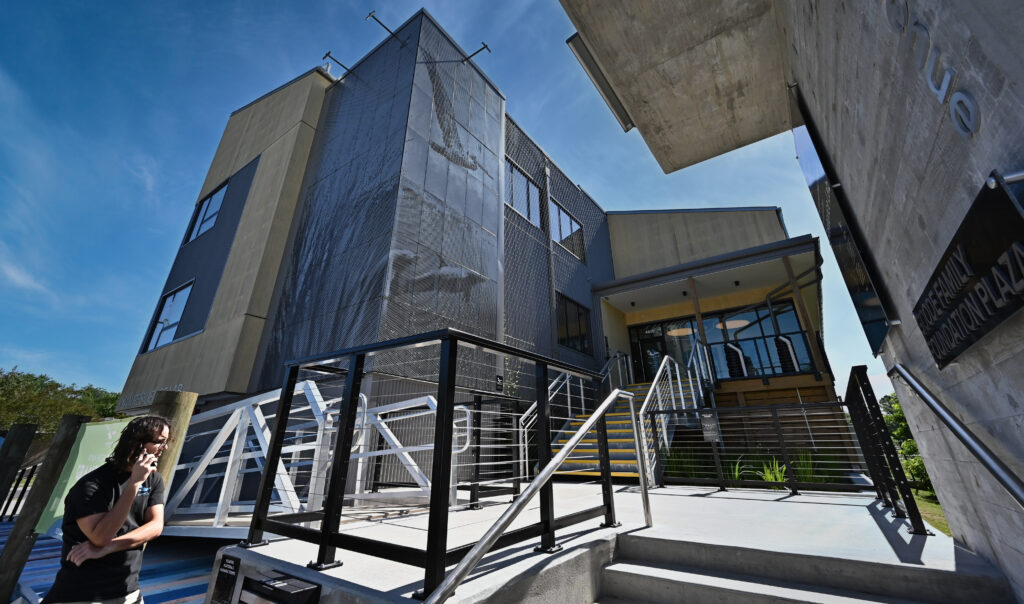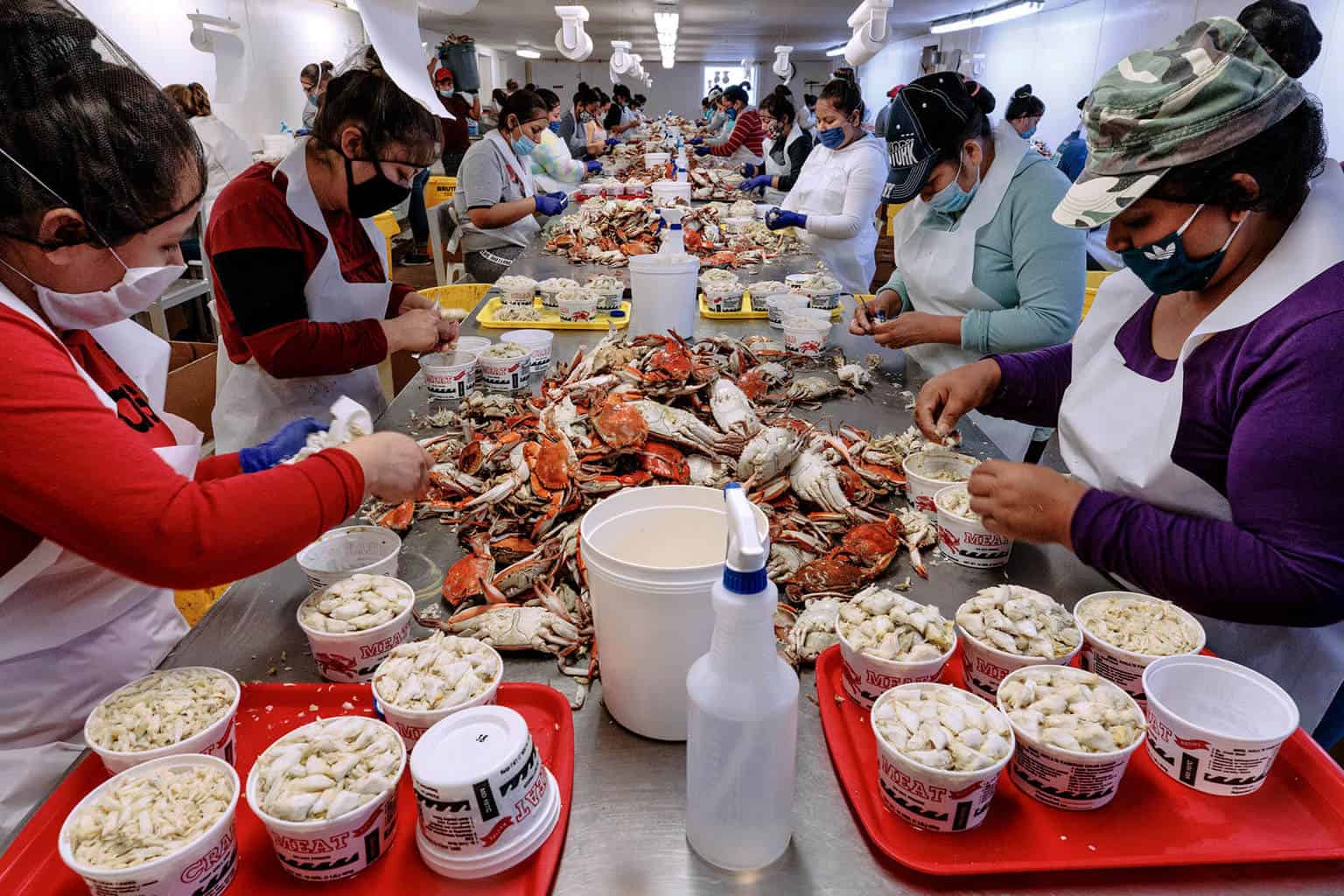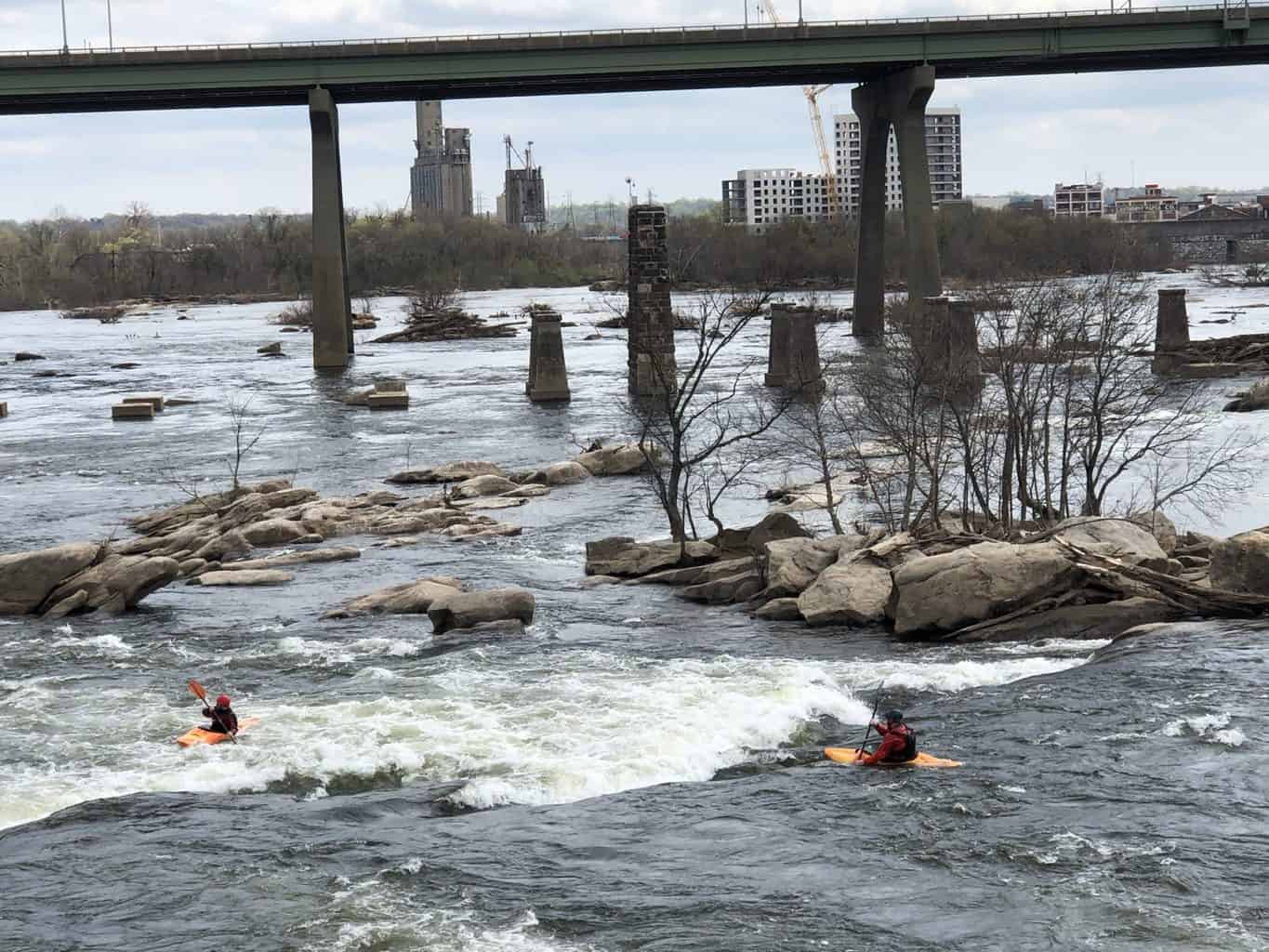A refreshing northeast breeze greeted visitors to the grand opening of the Elizabeth River Project’s (ERP) new Pru and Louis Ryan Resilience Lab in Norfolk, Virginia, last Thursday. The building and grounds incorporate the latest eco-friendly features and will serve as an education center and community hub.
The building utilizes an 80,000 watt solar electric system that includes batteries for storing electricity. Toilets are flushed with rainwater collected from the roof. The entry pavilion and some storage buildings are actually designed to float during significant flooding events. Rain that falls on the ground is filtered through vegetation and a living shoreline before entering the adjacent Knitting Mill Creek. The pavement is permeable. Interestingly, the 6500 square foot building is designed to be removed once water levels rise to a trigger point. This will allow the land to revert into a wetland.
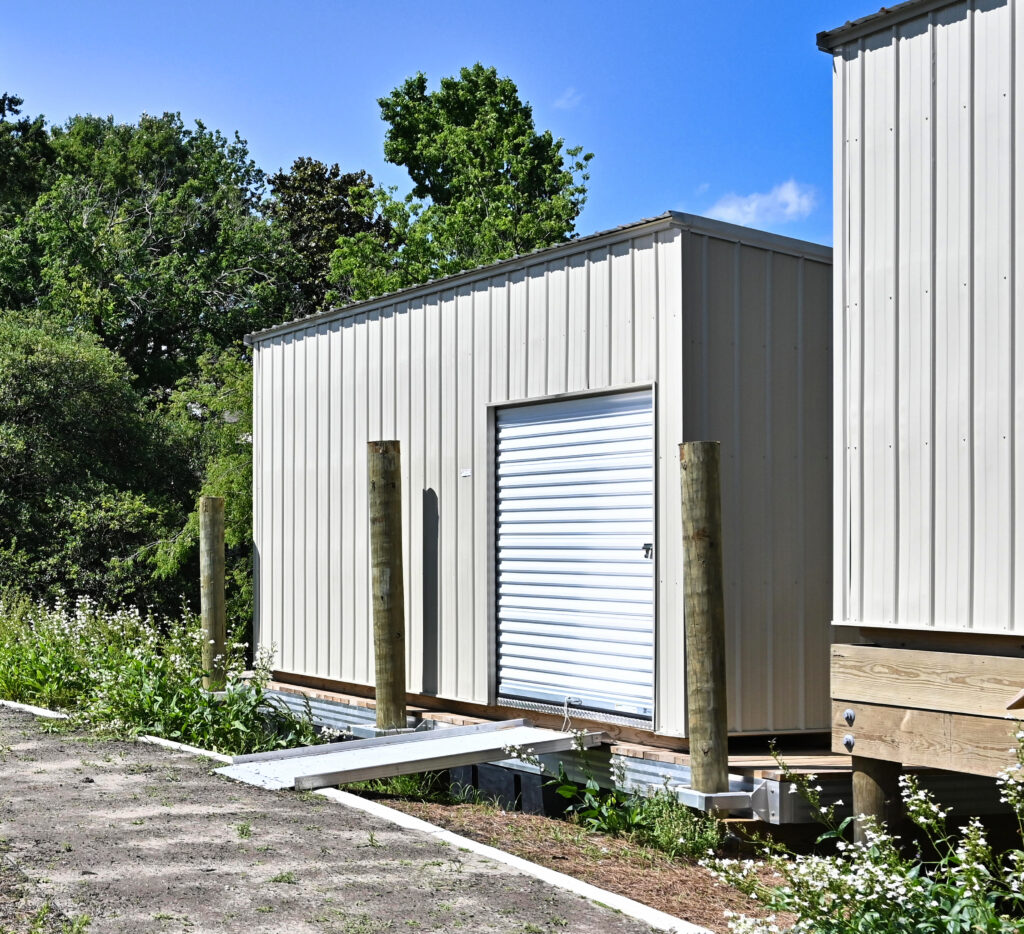
According to Marjorie Mayfield Jackson, Executive Director of ERP, sea level rise will likely drown the site in the future. “Nearly 90% of the wetlands that are so crucial to the river’s health are expected to drown,” she said. “And as the water rises, it washes unfiltered pollutants back into the river. That concern—along with the threats sea level rise poses to life and property—is what drove the Resilience Lab project.”
The inventors of this innovative center hope that it will attract the attention of other builders and other projects who could apply the same approaches to vulnerable waterfronts on the Bay and beyond.
Sam Bowling, the lead architect on the project, said, “The lab is designed to withstand elements that will destroy many other structures around it. But the materials and solutions we used aren’t out of reach for other builders, homeowners and cities. Rain-absorbing landscaping, pervious paving, adaptable floodproofing, floating storage buildings—these are affordable solutions for structures that are built to last.”
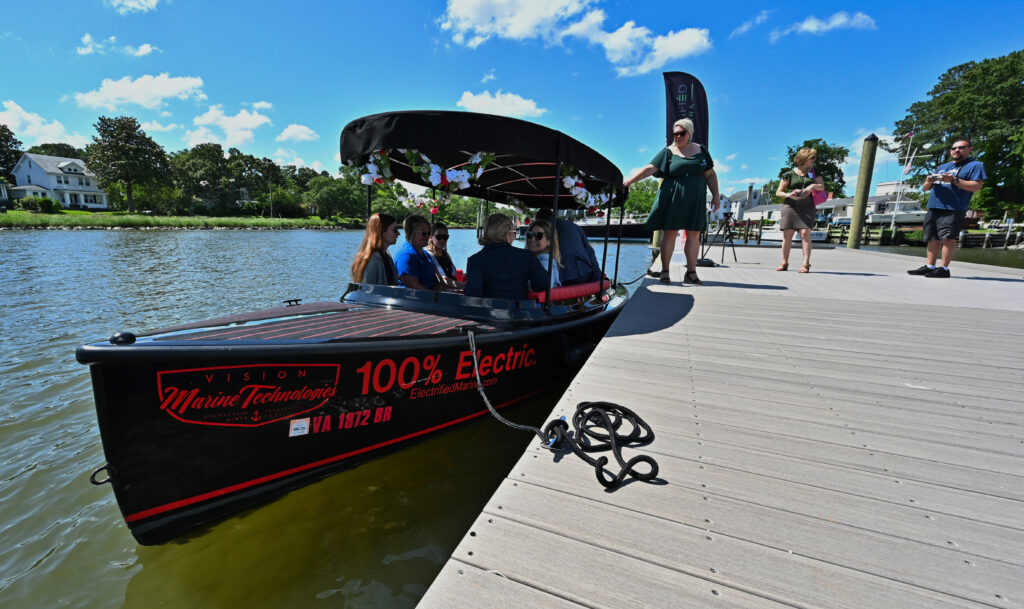
Instead of a traditional ribbon cutting, a rehabilitated great blue heron was released at the event. The heron seemed to enjoy the living shoreline and native vegetation around its new home. Rehabilitated birds were also released at the building’s groundbreaking back in 2022. Keith F. Anderson, Chief of the Nansemond Indian Nation, dedicated the facility with a silent native blessing. The event also celebrated the creation of a Colley Avenue “EcoDistrict,” that will encourage business in the area to adopt eco-friendly practices. Some of the nearby business include an electric boat rental facility, a native plant store, and a shop that recycles bicycles.
The lab is being funded through the generous philanthropy of its namesakes, Pru and Louis Ryan, a Norfolk couple, along with hundreds of public and private donations made through the ERP’s “Next Wave” campaign—the most successful fundraising campaign in the ERP’s history. The ERP has worked since 1993 to restore the environmental health of the urban Elizabeth River, which was once presumed dead. Pelicans, eagles, river otters, minks, fish, seahorses and dolphins are now a common sight in the watershed. You can learn more at elizabethriver.org.

